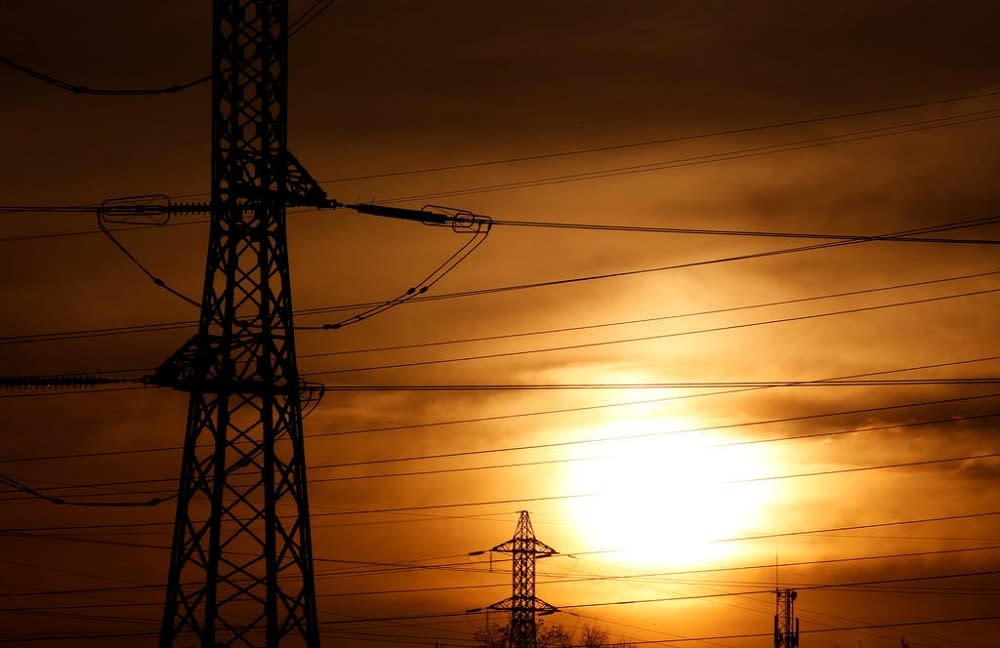Sabah scraps 224MW powership plan mooted to solve state's electricity supply woes

KOTA KINABALU, Nov 30 — Sabah has decided to cease plans to bring in two powerships with 224 megawatts (MW) capacity in a fast-track effort that was mooted in June this year to solve the state’s critical electricity supply issues.
Assistant Minister to the Chief Minister Datuk Nizam Abu Bakar Titingan said that negotiations between Sabah Electricity Sdn Bhd (SESB) and Karpowership Global could not reach any consensus for their five-year rental period of 2023 to 2028.
“The SESB Board of Directors has decided to end the negotiation process on September 15, 2023 by informing them through a letter to the Sabah Energy Commission (ECoS) and Karpowership Global.
“Subsequently, a follow-up meeting regarding this decision was held between the Natural Resources, Energy and Climate Change ministry, the Sabah and Sarawak Affairs ministry, ECoS and SESB on September 20 which agreed to the cancellation and support alternative plans by SESB and ECoS,” he said.
The floating power plants were approved on 12 June as part of fast-track efforts by the state government under its Power Development Plan (PDP) to meet electricity demands, particularly on the east coast of Sabah where they would be based.
Among the plans now was to extend the rental of a diesel generator with a capacity of 100MW which will continue its operation until 2025 (compared to the original plan which was for six months only.
The state will also begin its Battery Energy StorageSystem (BESS) installation project with a capacity of 100MW in 2024, brought forward from 2026, while ECoS will refine and coordinate changes to the Power Development Plan (PDP) at the beginning of next year after taking over the power to regulate electricity supply.
Earlier, Nizam told the state assembly that the federal government has agreed to hand over regulatory power of the state’s electricity to Sabah on January 3 next year.
To deal with the state’s power needs, the commission has outlined immediate, medium and long-term settlement phases.
In the immediate phase, it will be renting diesel power generators (40 MW in December 2023 and 60MW in March 2024), complete a large scale solar project capable of producing 62MW, bringing forward the installation of the Battery Energy Storage System (BESS) to the east coast with 100MW, and green energy sources like a mini hydro with 31.6MW capacity, and 5.6MW from biogas among other things.
In the Medium Term Solution Phase (2026-2030) are hydro-powered plants amounting to around 400MW, large-scale solar projects amounting to 100MW, a 275 kiloVolt main transmission line project which is the completion of the transmission line connecting the Sabah grid with Sarawak and the Southern Link transmission line project.
“This will further strengthen the capacity and stability of the Sabah grid to receive large load requests especially from industrial users in the future,” he said.
The Long Term Solution Phase (After 2030) is focused on improving the potential of hydroelectricity in the state of Sabah through the results of the study of the Hydro Development Plan being implemented by the Energy Commission of Sabah (ECoS).
“In addition, we will also be exploring new technology and generation sources like geothermal, wind and hydrogen.
“The national target is to achieve more than 50 per cent of renewable energy sources by 2035, compared to just nine per cent at this point. This target will continue to be improved until it reaches more than 80 per cent in 2050.
“These plans will be refined and further monitored by ECoS after the takeover of electricity supply regulatory powers is implemented at the beginning of next year,” said Nizam, adding that there were also plans to explore connecting the transmission line between Sabah and North Kalimantan.



